New Maserati Levante Hybrid: electrified SUV revealed in full

The new MC20 supercar may have stolen the headlines, but Maserati expects 70 percent of its sales to be SUVs by 2025. The mid-sized Grecale – a Porsche Macan rival, due later this year – will account for a large chunk of that, but the Levante SUV also has a part to play. Particularly the new Hybrid model seen here.
This is the second Maserati to gain hybrid technology, following the Ghibli saloon. European PR boss Davide Kluzer describes it as “another important step for the brand towards electrification”.
The Levante Hybrid joins the range alongside the base-model 350hp 3.0-litre petrol V6 and replaces the diesel. Crucially, it offers lower CO2 emissions than both, making this the “Maserati of SUVs” you can realistically afford to run. Here’s what you need to know.
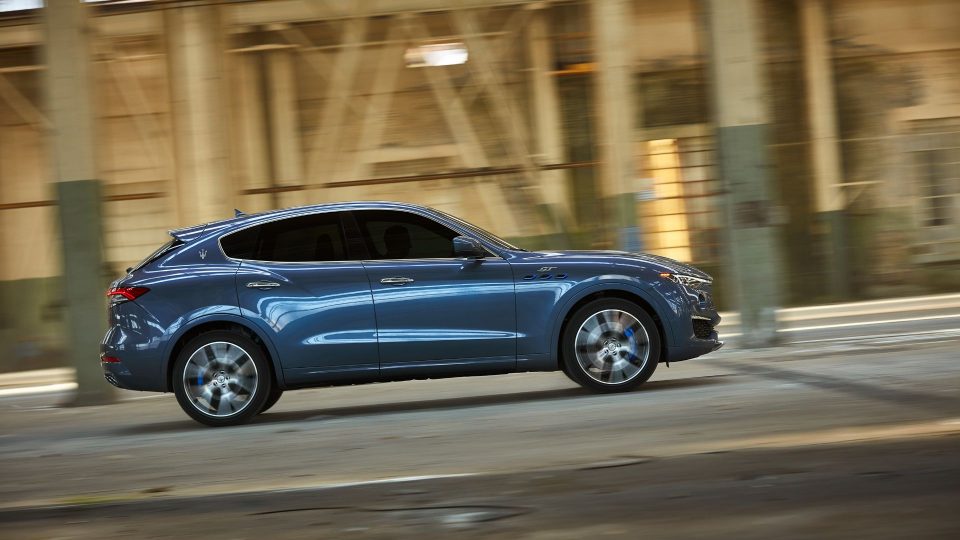
Born to be mild
It’s important to note the Levante isn’t a plug-hybrid you can recharge at home. Nor is it a Toyota-style ‘self-charging’ hybrid that can be driven in fully electric mode.
Instead, it’s what is commonly termed a ‘mild hybrid’, combining a 2.0-litre four-cylinder petrol engine with battery starter generator and 48-volt eBooster. Total output is 330hp – good for 0-62mph in 6.0 seconds and a top speed of 149mph.
Official fuel economy figures haven’t been confirmed, but CO2 emissions of 231-252g/km look acceptable for a large, petrol-powered SUV. Bear in mind that the V8-engined Levente GTS and Trofeo both nudge 300g/km…
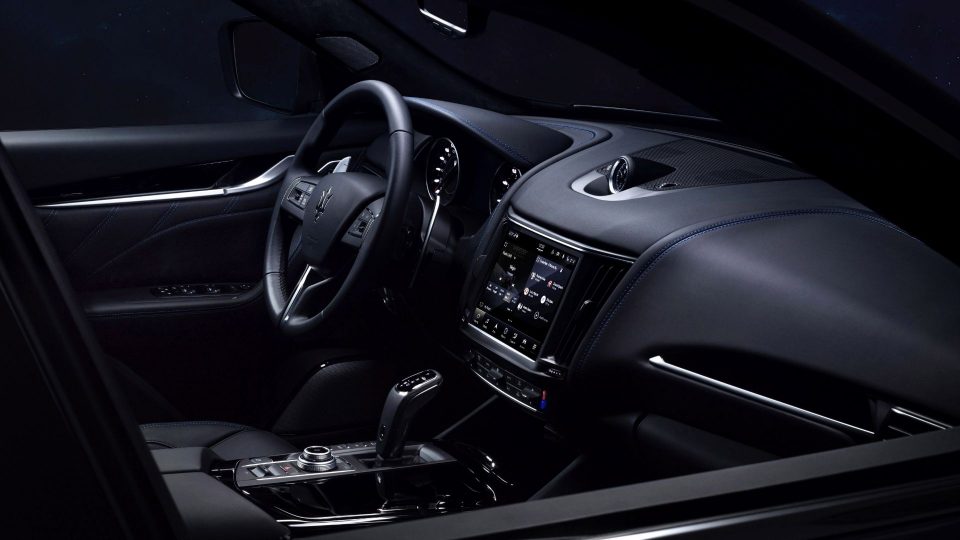
The eBooster, an electrical compressor, also lives up to its name, providing extra shove when the engine reaches peak rpm in Sport mode and helping banish turbo lag at low revs. Ninety percent of the maximum 332lb ft of torque is available from 1,750rpm.
“It combines the best of the diesel engine, which means torque and low CO2 emissions, with the best of a gasoline [petrol] engine, meaning power at high rpm and sound,” says chief engineer, Corrado Nizzola.
Tuning the tailpipes
Sound is a large part of what defines a Maserati, of course, but vehicle integration manager Massimiliano Pezzo promises there’s no compromise here. “We paid particular attention to the tuning of the exhaust system and bypass valves,” he explains, “without resorting to artificial enhancement [via the stereo speakers].
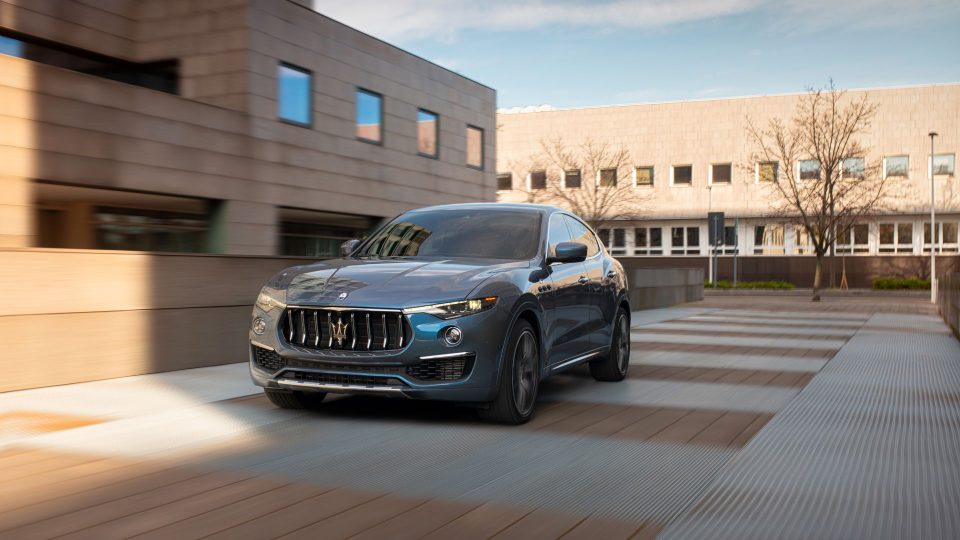
The Levante Hybrid also inherits the recently refreshed styling of the 2021 range, including a different front grille, plus boomerang-shaped tail lights inspired by the 3200 GT. There’s also a new GT trim level, which offers the exterior glitz of Granlusso models with the option to specify the Sport Pack.
You can spot this electrified version by its jazzy blue highlights – including on the side air vents and brake calipers.
Inside, the Levante gets Maserati’s new Android-based media system, with an 8.4-inch central touchscreen. A 7-inch TFT screen between the (still analogue) speedo and rev counter has a hybrid status display to show how efficiently you’re driving. Or indeed not.
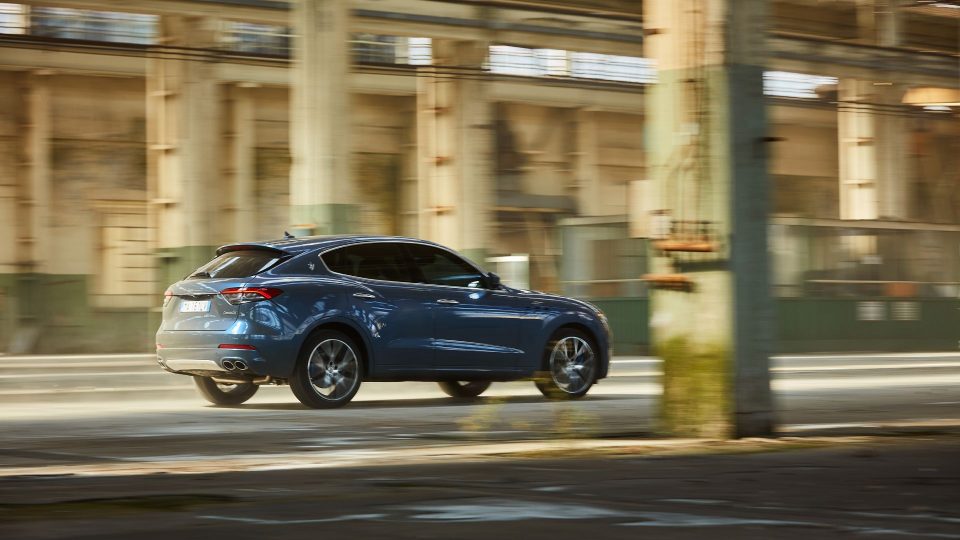
In showrooms this autumn
The Levante comes with a full arsenal of chassis hardware, including four-wheel drive, air suspension with Skyhook adaptive damping, torque vectoring and a rear limited-slip differential. The Hybrid also weighs slightly less than the petrol V6, with better weight distribution thanks to its lighter engine and rear-mounted battery.
We’ll let you know how it drives later this year – production starts at the end of June, with first UK deliveries expected in the autumn – but the prospects are good.
Reviewing the Levante S last year, we said: “The Maserati is softer and less tenacious than a Porsche Cayenne, but still fluid and enjoyable to drive. Its steering is well weighted and the brakes feel powerful.
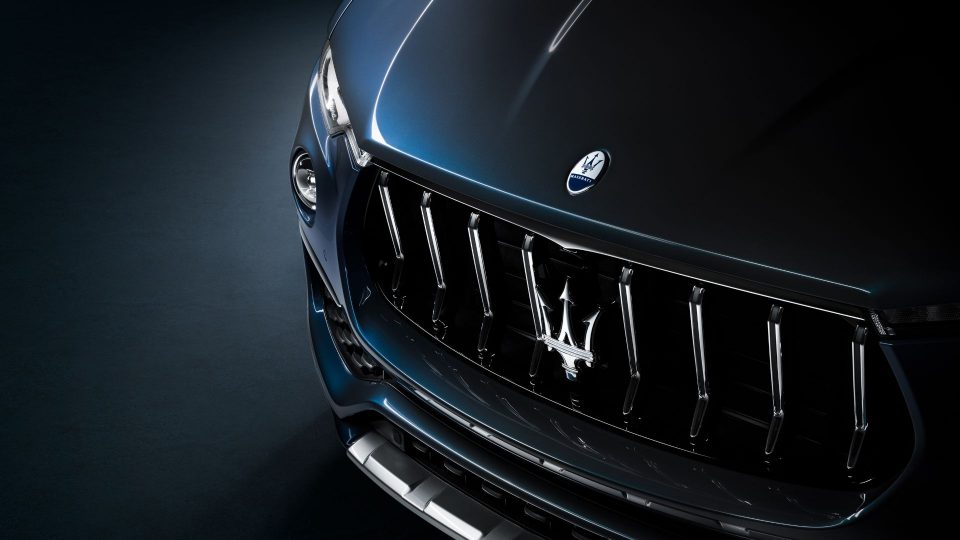
“Only its sheer size, and the prospect of fuel economy in the high teens (the official figure is 22.1mpg) may temper your enthusiasm.”
Perhaps this leaner, cleaner Hybrid drivetrain is exactly what the Levante needed.
Tim Pitt writes for Motoring Research